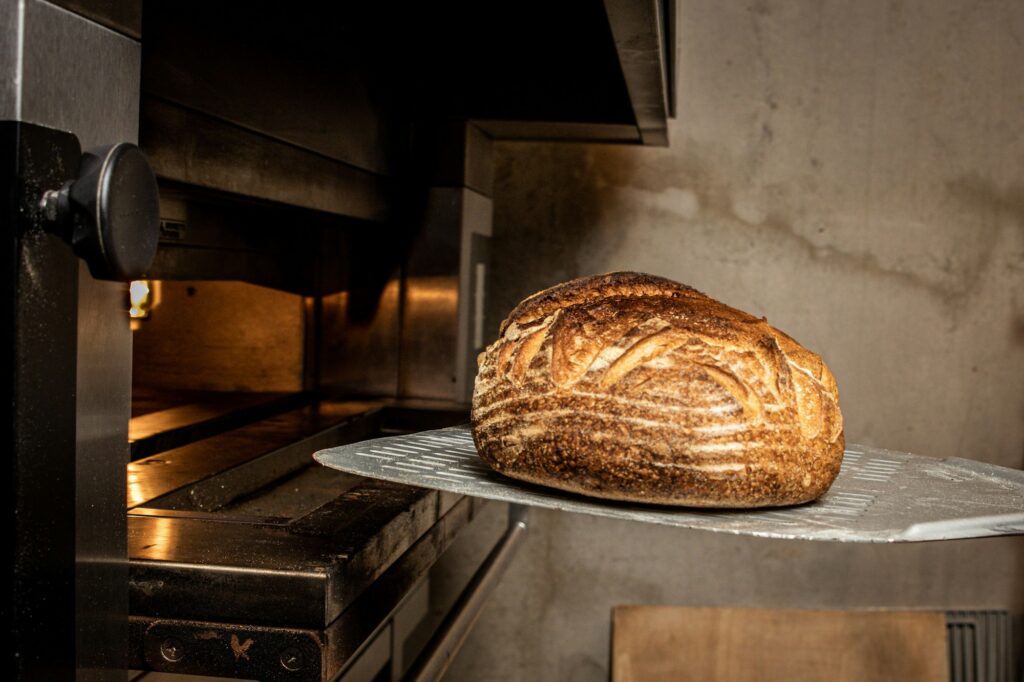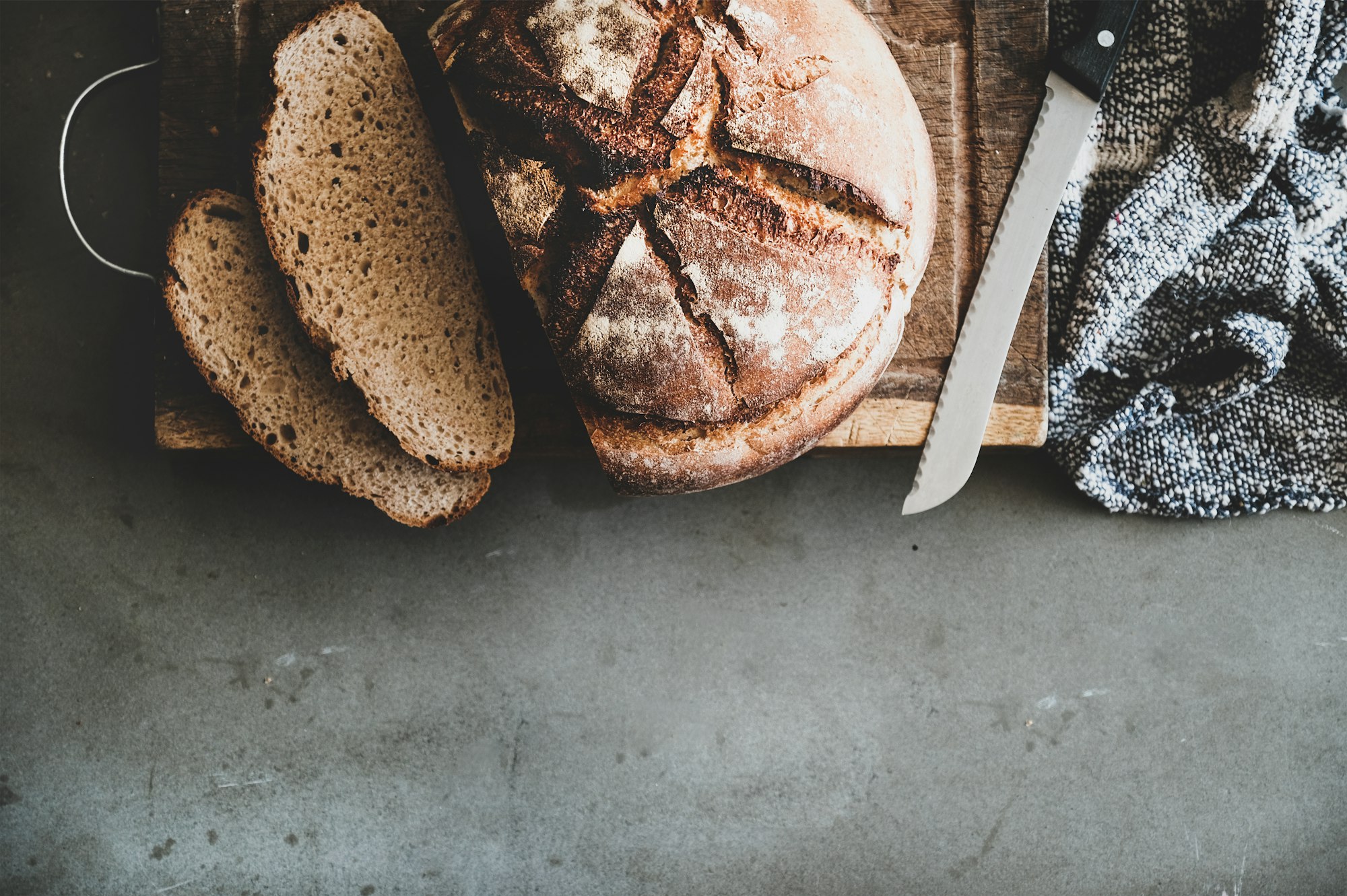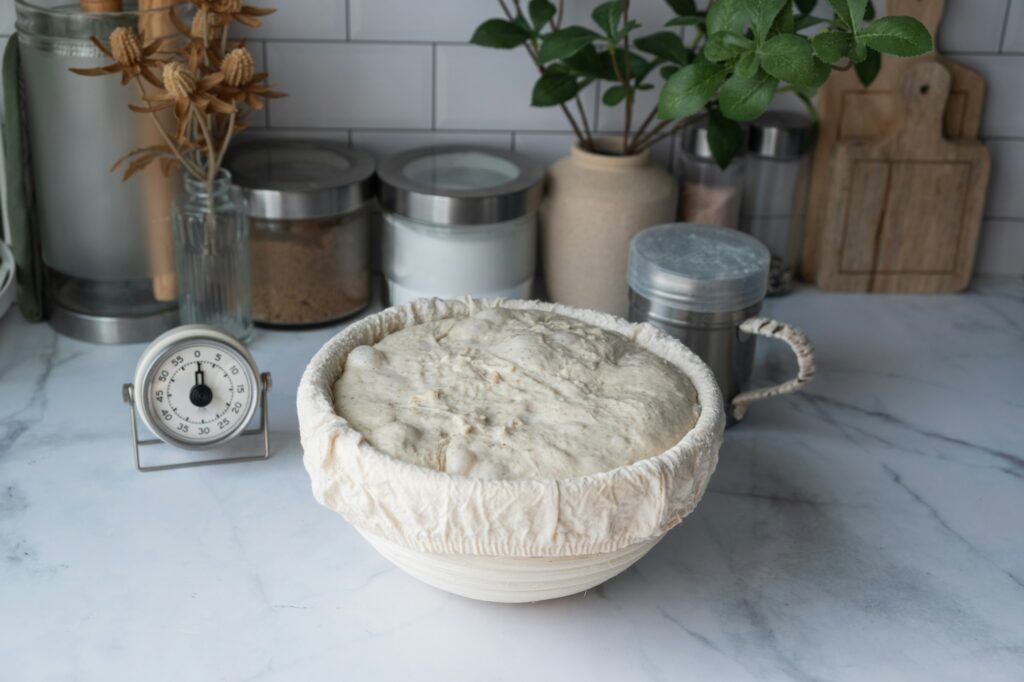Sourdough bread, with its distinct tangy flavor, crisp crust, and chewy interior, has surged in popularity among both baking enthusiasts and health-conscious consumers. This ancient art of bread-making, utilizing a fermented mixture of flour and water known as a sourdough starter, embodies simplicity and tradition. Yet, it’s fraught with potential pitfalls for novices. Understanding what not to do with sourdough, i.e., sourdough bread mistakes is as crucial as mastering the techniques to do it right.
Embarking on the sourdough journey is more than just a culinary endeavor; it’s a science and an art that demands patience and precision. The allure of creating the perfect loaf from such basic ingredients is undeniable, but the path is littered with common missteps that can deter even the most determined bakers. Thus, identifying and avoiding these mistakes is essential for anyone looking to master sourdough bread making.
Starting with Sourdough
Sourdough Bread Mistakes: a Starter
The journey to perfect sourdough bread begins with the sourdough starter, a crucial element that thrives on attention and precision. Within this phase, certain missteps are common, yet easily avoidable with the right knowledge.
Not Achieving the Optimal Flour-Water Ratio
- The hydration ratio—the balance between flour and water—is critical for a robust starter. An imbalance can lead to a host of issues:
- Excessive water may weaken the starter by diluting the essential yeast and beneficial bacteria, rendering them less effective in their fermentation duties.
- Conversely, insufficient water might not provide enough moisture for the microbes to thrive, stunting their growth and activity.
- Striking the perfect balance ensures the starter has the right environment to develop the necessary fermentation processes that define sourdough’s characteristic flavors.
Overlooking Temperature and Environmental Conditions

The ambient temperature and surroundings play a pivotal role in the starter’s fermentation cycle. Specific conditions are needed to foster a healthy microbial community:
- A steady room temperature, ideally between 70°F to 75°F, is conducive to nurturing a dynamic mix of wild yeast and bacteria. This warmth supports consistent activity, allowing the starter to mature with a reliable fermentation pattern.
- Environmental stability extends beyond just temperature. Factors such as humidity and airflow can also impact the starter’s health, requiring bakers to find a spot in their home where these conditions are relatively stable.
Preparing the Dough to Avoid Sourdough Bread Mistakes
Baking and Storage
Baking Mistakes to Avoid
When it’s finally time to bake your sourdough, several common errors can thwart your efforts:
- Incorrect oven temperature and steam usage: Achieving the iconic crust and crumb texture of sourdough requires precise control of oven temperature and the introduction of steam at the right moment. Too high or too low temperatures can result in undercooked or overbaked loaves, while insufficient steam can prevent the loaf from expanding properly.
- Not scoring the dough properly: Scoring, or making shallow cuts on the dough’s surface, not only enhances the bread’s aesthetic but also directs its expansion in the oven. Improper scoring can lead to irregular shapes and uneven baking.
Storing Sourdough Bread
Sourdough’s longevity is one of its prized features, yet improper storage can quickly diminish its quality:
- Storing in a breathable cloth or paper bag maintains the crust’s crispness, while plastic can soften it.
- For longer storage, pre-slicing and freezing the bread can preserve its freshness. Ensure slices are well-wrapped to prevent freezer burn.
Common Sourdough Myths Debunked
The world of sourdough is rife with myths and misconceptions, some of which can mislead or intimidate beginners:
- Myth: Tap water kills sourdough starter – While chlorinated water can inhibit fermentation to some extent, letting tap water sit out overnight allows chlorine to evaporate, making it safe for starters.
- Myth: Metal utensils are harmful to the starter – Stainless steel utensils are perfectly safe for mixing your starter. The real concern lies with reactive metals, such as aluminum, which should be avoided.
Advanced Sourdough Tips
Elevate your sourdough baking with these advanced tips:
- Enhancing the flavor of your sourdough: Playing with fermentation times and temperatures can develop deeper flavors. A longer, colder fermentation period, for instance, accentuates sourdough’s tangy profile.
- Dealing with sourdough in different climates: Environmental factors significantly affect sourdough. In humid climates, reducing the water content can prevent overly sticky dough, while drier climates might necessitate increased hydration.
FAQs
Addressing common queries can demystify the process further:
Q: Why is my sourdough not rising?
A: The issue often lies with the vitality of the starter or the dough’s fermentation conditions. Ensure your starter is active, and the dough is kept in a suitable environment.
Q: Can I make sourdough without a Dutch oven?
A: Yes, although a Dutch oven creates an ideal steamy environment for baking sourdough, alternatives include using a pizza stone with a bowl of water in the oven to introduce steam.
Q: How do I know if my sourdough starter is ready to use?
A: A ready starter will have doubled in size with a bubbly surface and a slightly sour but pleasant aroma. A simple test is to drop a spoonful into water; if it floats, it’s ready.
Q: Why is my sourdough bread so dense?
A: Dense bread can result from insufficient fermentation time, an underactive starter, or inadequate gluten development. Ensuring your starter is active and allowing proper proofing time can help.
Q: How long can I store my sourdough starter in the fridge without feeding?
A: A sourdough starter can usually be stored in the refrigerator for up to a week without feeding. If storing longer, a weekly feed is recommended to maintain its health and activity.
Q: Can I use all-purpose flour for my sourdough bread and starter?
A: Yes, all-purpose flour can be used, but the results may vary compared to bread flour or whole wheat flour, which have higher protein content and can lead to a stronger gluten network and more rise.


